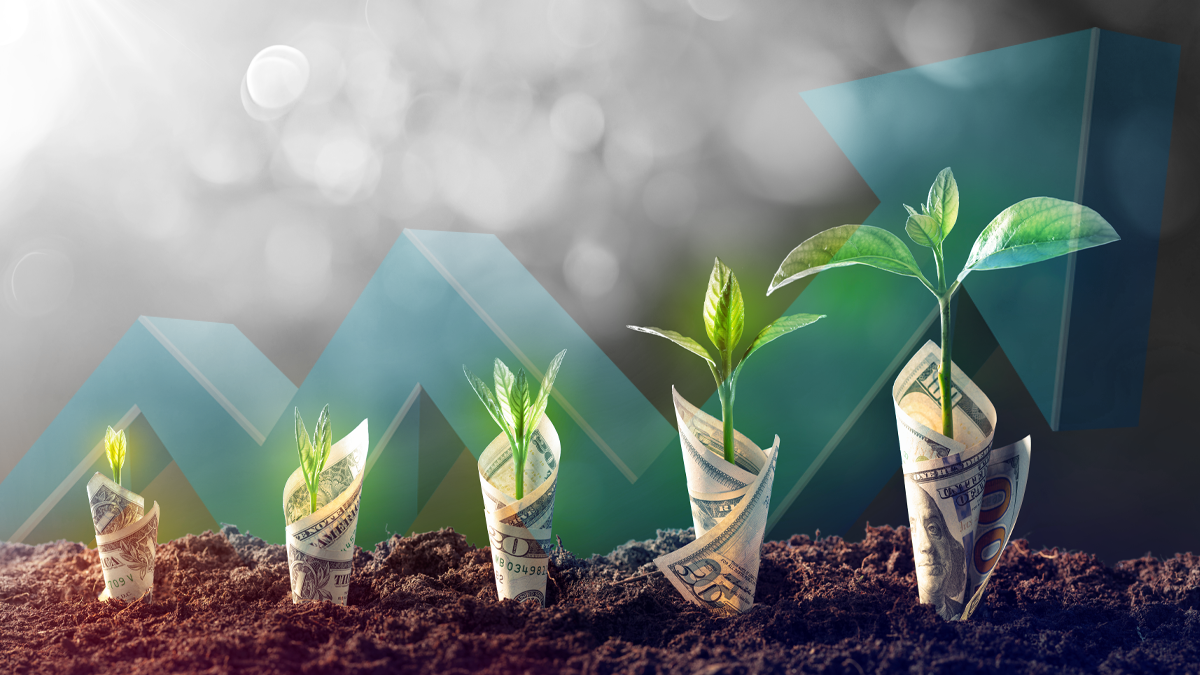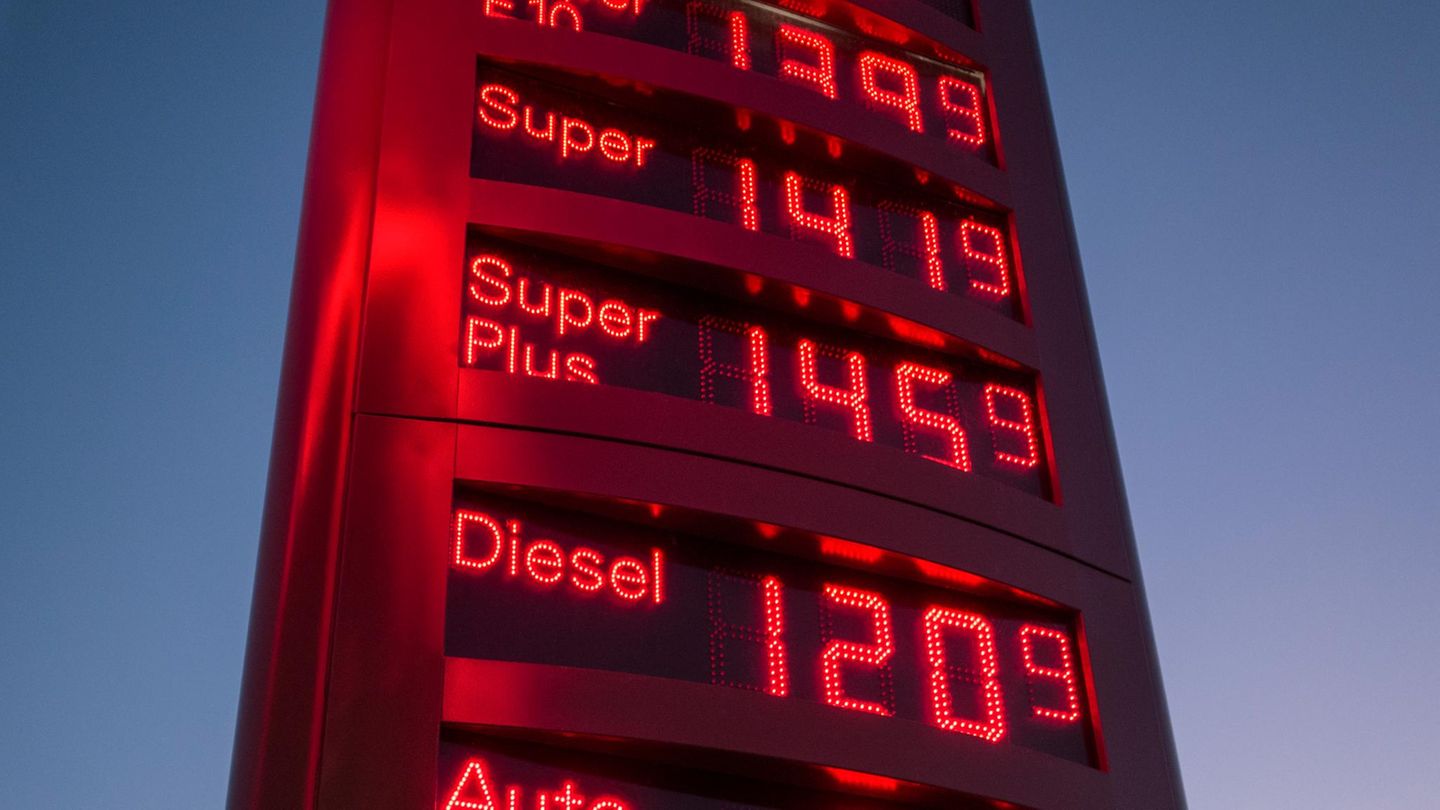Since 2013, the entries of FDI in the region they did not exceed US$200,000 million dollars, which makes the recovery of 2022 an important milestone for investments in the last decade.
Services concentrated the largest sums, followed by investments in hydrocarbons and the continuity of investments in manufacturing in countries where greater capacities have been accumulated. With this increase, the weight of FDI inflows in the region’s GDP also increased and reached 4.0%.
The Executive Secretary of ECLAC, Jose Manuel Salazar-Xirinachs, presented the main conclusions of the study at a press conference in Santiago de Chile. There he highlighted that the challenge of attract and retain foreign direct investment “that effectively contributes to the sustainable and inclusive productive development” of the region continues “more current than ever”.
The senior United Nations official emphasized that the objective is also “to maximize the contribution of FDI to development, and for this the countries must pay attention to post-establishment productive development policies, which include the promotion of productive chains, Policies for value addition and promotion in value chains, development of human resources, infrastructure and logistics, and construction of local capacities”.
“There are new opportunities in an era of reconfiguration of global value chains and geographic relocation of production in the face of changing globalization,” he said.
Foreign Direct Investment in Latin America and the Caribbean 2023
The destination of investments
From the ECLAC reported that while these flows grew in Latin America and the Caribbean and in other regions of the world, decreased by USA and in some European countries. In total, global FDI inflows were down 12% from 2021 and totaled $1.29 trillion.
Regarding the region, Brazil was the main recipient country (with 41% of the total), followed by Mexico (17%), Chili (9%), Colombia (8%), Argentina (7%) and Peru (5%), although the increase in FDI inflows in Brazil was higher and explained 56% of the year-on-year variation for the entire region.
In 2022, an increase was observed in all the components of FDI, highlighting the growth of the reinvestment of profits and loans between companies. This can be attributed to the fact that many companies probably withheld their profits in 2020 due to the effects of the Covid-19 pandemic and in 2021 and 2022 they directed those profits to the resumption of their activities.
The mergers and acquisitions in the region also register an increase. Compared to 2021, in 2022 both the number (7%) and the amount (57%) of cross-border mergers and acquisitions increased, and 327 operations were completed, for a total of 30,147 million dollars.
currency flight (1).jpg
Record in currency outflows
For their part, the foreign direct investment outflows from Latin America and the Caribbean reached historical levels, with a total of US$74,677 million dollars and an increase of 80% compared to the previous year. This figure, mainly due to investments abroad from Brazil and Mexico, is the highest recorded since this series began to be compiled in the 1990s and exceeds the amount invested in 2021 by more than 30,000 million dollars.
ECLAC pointed to the importance of retaining this FDI so as to contribute to sustainable development and inclusive of the region. The countries, he said, have to make relevant policy efforts if they want to have FDI that supports their development process and materializes the potential that said investment has for capacity building, quality job creation, technology transfer, and diversification and sophistication. of the productive matrix.
One of the main justifications for allocating public resources to attract investment is the potential of FDI to promote production chains and the transfer of knowledge and technology, and thus support economic growth.
The study includes two chapters that analyze the trends of FDI in the non-renewable and renewable energy in the context of the energy transition and compliance with the Sustainable Development Goals. They discuss the key role of governments in this matter, identify challenges and opportunities, and make policy recommendations.
The energy transition is identified by the ECLAC as one of the driving sectors of economic growth, which can become a great engine of productive transformation in the region.
Source: Ambito




